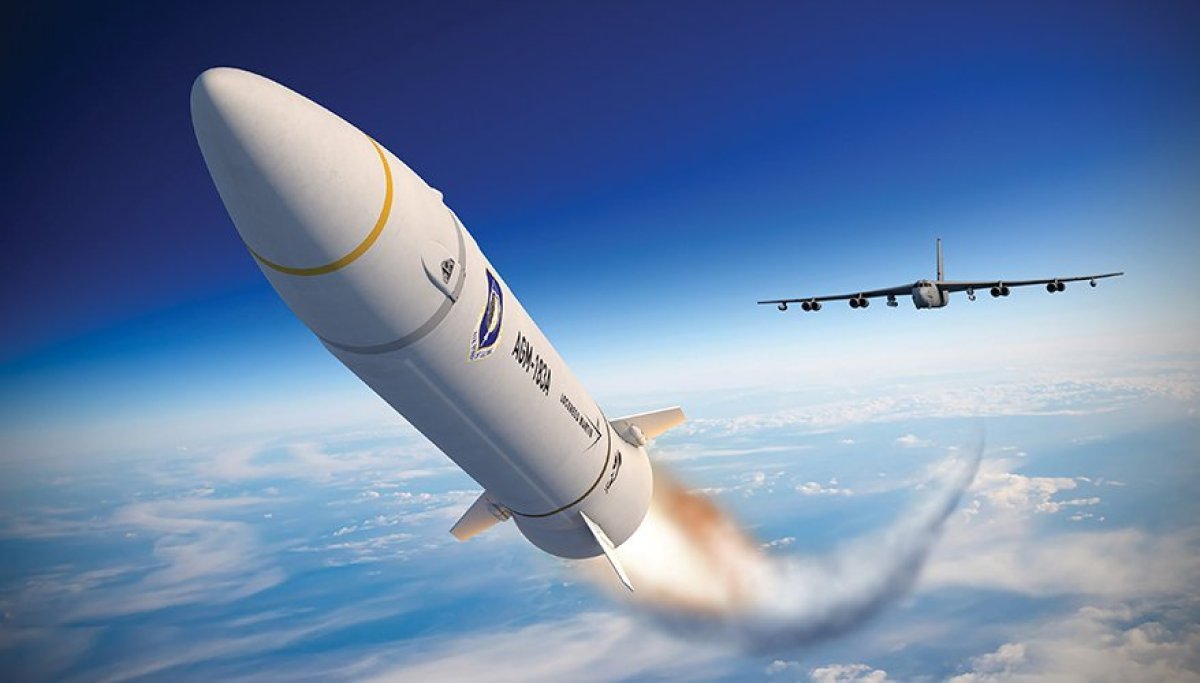The growth of additive manufacturing is seen as a "game-changing moment" for the military, offering benefits from rapid aircraft repairs to expediting the development of hypersonic weaponry.

Kit Devris, Deputy Director of Manufacturing Technology Program at the US Department of Defense, has stated that 3D printing has made "huge leaps" in recent years, opening up new possibilities for creating new weapons and components, as reported by Sarbaz.kz via Defence News.
According to Devris, additive manufacturing has been especially valuable in the design of new systems, allowing for program iterations in the rapid prototyping process much faster than traditional manufacturing methods. He also noted that it has been used to create "disposable" spare parts for aircraft or other systems that would otherwise have to wait in a slow supply chain for replacement components.
"We have even seen the aftermath of bird strikes being addressed on aircraft in a single night or over a few days using additive manufacturing," Devris added.
He further highlighted that 3D printers can quickly produce new tools, which traditionally require a substantial amount of time to manufacture. The scale of objects that can be printed with 3D technology is also increasing, allowing for the construction of entire structures, such as houses.
According to Devris, the Department of Defense has taken note of these achievements and is exploring ways to apply them.
Additive manufacturing has advanced significantly since its early days, when it produced items from more brittle polymers to materials with higher tensile strength. Today, according to Devris, these manufacturing technologies allow for the creation of objects from high-entropy metals, making them particularly robust and resistant to wear. This is achieved by using lasers to melt metals capable of withstanding high temperatures, enabling the creation of more complex shapes. Hypersonic weapons are a prime example of a program where additive manufacturing can be beneficial.
Devris mentioned that the rocket propulsion systems central to some hypersonic systems require intricate chambers that can be challenging to manufacture. However, 3D printing these components offers manufacturers of hypersonic weaponry new capabilities.
It's worth noting that the US Navy has already utilized 3D printing to produce parts for its ships.